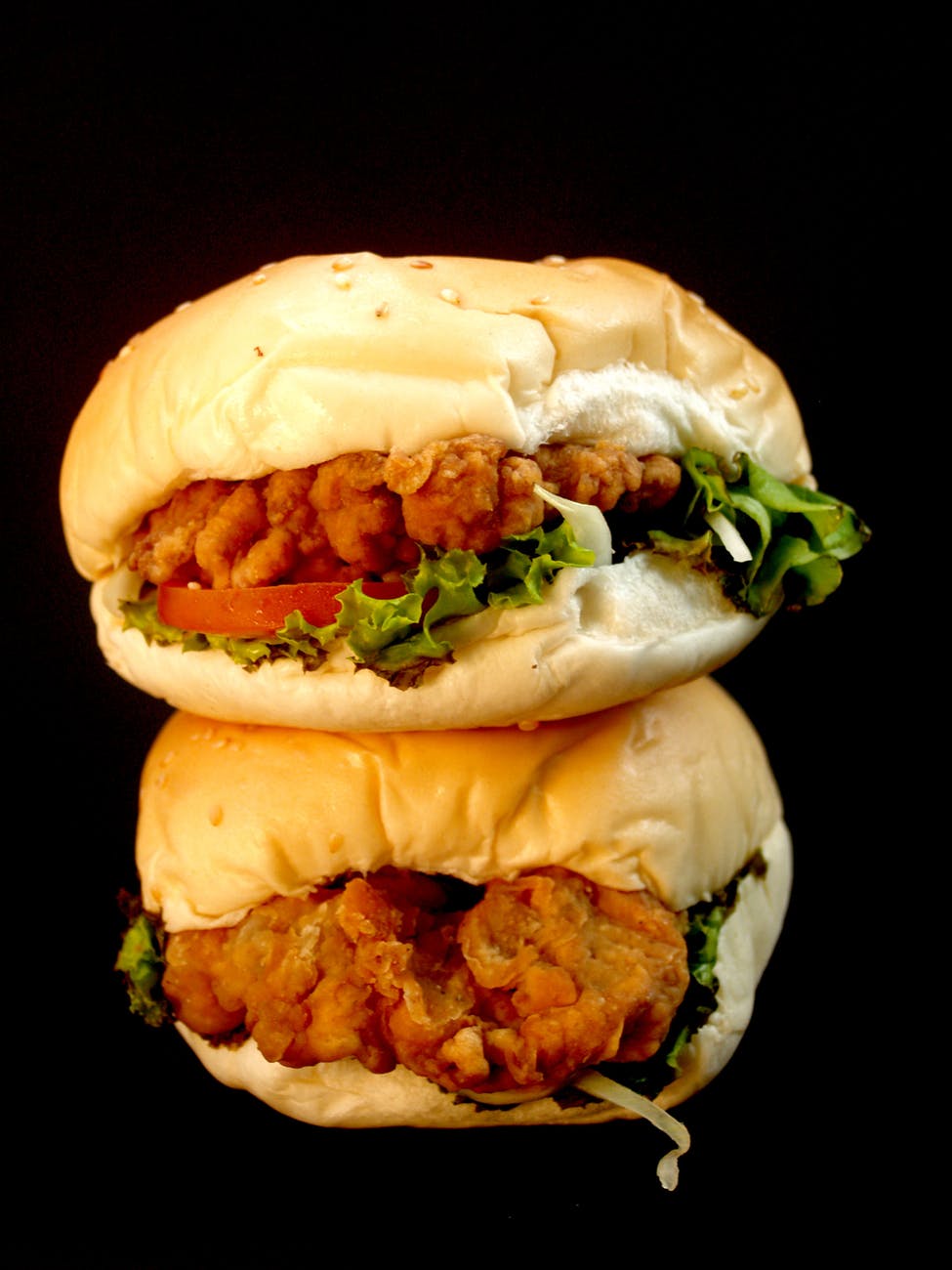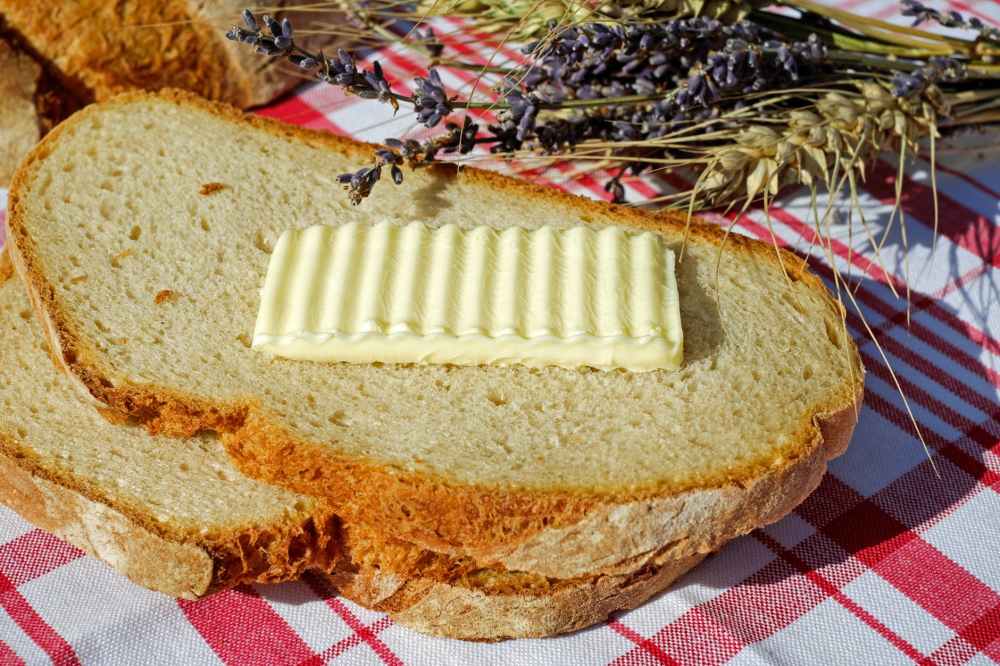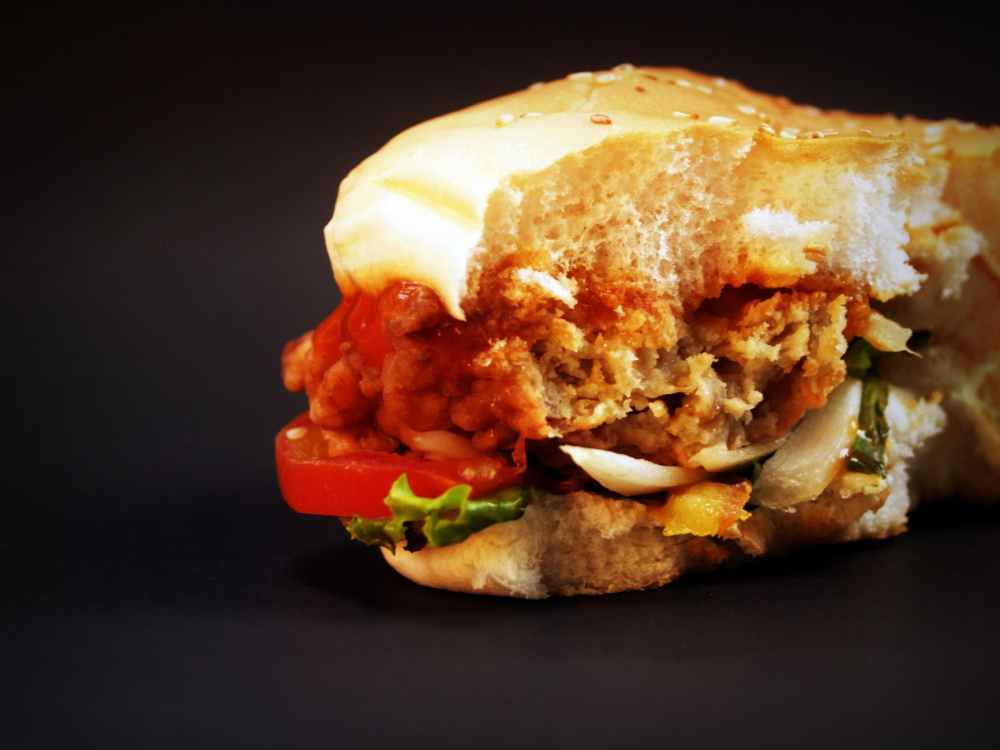Trans fatty acid.
Trans fatty acids (trans fatty acids) are a class of unsaturated fatty acids that are harmful to health and contain a small amount of natural fats.
Besides the hydrogenation of fats is the main source of trans fatty acids, the content of trans fatty acids will increase during the refining and deodorization of oils and fats due to the high temperature treatment. Cooking habits of cooking oil to smoke and repeatedly fried food, these oils will also increase the trans fatty acids.

Physical and chemical properties.
Fatty acid (Fatty Acid) is a kind of carboxylic acid compounds, which is composed of hydrocarbon groups linked to carboxyl groups. Fat is a triacylglycerol ester made up of glycerol and fatty acids. These fatty acid molecules can be saturated, that is, all carbon atoms are connected to each other, and the saturated molecules are solid at room temperature. The fatty acid molecules can be unsaturated when the carbon atoms in the chain are connected by double bonds. When a double bond is formed, there are two forms of the chain: cis and trans. The cis-key looks like U-shaped, and the trans-key looks like a line. The unsaturated fatty acids formed by cis bonds are liquid such as vegetable oils at room temperature, and those formed by trans bonds are solid at room temperature.
Trans fatty acidsof trans fatty acids exist in both natural and artificial conditions. Trans fatty acids exist naturally in both human milk and milk. Trans fatty acids account for about 4-9% of the total fatty acids in milk and 2-6% in human milk.
Trans fatty acid is a kind of unsaturated fatty acid produced in the process of hydrogenation modification of vegetable oil (the modified oil is called hydrogenated oil). This process can prevent the oil from deteriorating and change the flavor. The trans fatty acids contain at least one trans configuration double bond fatty acid, that is, the C C bound hydrogen is on both sides, while the cu C bound hydrogen is only on the same side in the cis structure fatty acids.
Trans fatty acids are the general names of all unsaturated fatty acids containing trans-double bonds. Two hydrogen atoms bound by two carbon atoms on their double bonds are linear in space conformation, corresponding to cis-fatty acids. The two hydrogen atoms bound by two carbon atoms on the double bond are in the same side of the carbon chain and their spatial conformation is curved. Because of their different stereoscopic structure, first of all, the physical properties of the two are also different, such as cis-fatty acids are mostly liquid, the melting point is low, while the TFA is mostly solid or semi-solid, the melting point is higher. Secondly, the biological effects of TFA on polyunsaturated fatty acid metabolism, on lipid and lipoprotein, and on the growth and development of the fetus were also significantly different, mainly reflected in the interference of TFA on the metabolism of polyunsaturated fatty acids, the effect on lipid and lipoprotein, and the inhibitory effect on fetal growth and development.
Making principle.
Trans fats are produced during partial hydrogenation of vegetable oils by hydrogenation of hydrogen into vegetable oils with the help of small amounts of catalyst metals such as nickel palladium platinum or cobalt. With the hydrogenation reaction, the content of trans fatty acids will be reduced. If the hydrogenation reaction can be completed, then there will be no trans fatty acids, but the final oil products will have no practical value because of the excellent quality.
Main application.
Food addition.
Trans fatty acids can be found in products that add hydrogenated oils to increase shelf life and product stability. These include crackers, baked goods, cereals, bread, fast food such as French fries, fish, onion rings, margarine and especially sticky margarine.
Product type.
Trans fatty acid content as a percentage of total fatty acids.
- Milk, goat milk 3%.
- Ruminant body fat 4% 1 1%.
- Partially hydrogenated / partially hydrogenated vegetable oil 14.2g 34.3%.
- Shortening 7.3%.
- Hard butter 1.6g 23.1%.
- Bread and Danish cake 37%.
- Fried chicken and French fried potatoes 36%.
- French fries, 35%.
- Confectionery fat 27%.
In addition. Ministry of Health issued in December 2007 “Food Nutrition labelling Regulation”, food trans fatty acid content ≤ 0.3g/100g, can be marked as 0. That’s why some food ingredients are marked with trans fats of zero. You should be careful when buying foods in the future, because foods with zero trans fat don’t necessarily contain trans fats.
In daily life, there are many foods that contain trans fatty acids, such as cakes, biscuits, bread, Indian pastries, salad dressing, French fries, potato chips, popcorn, chocolate, ice cream. Egg yolk pie. Any soft sweet, taste unique [2] oil (plant butter, margarine, etc.) food, all contain trans fatty acids. The reason is that trans fatty acids are also produced when hydrogenation of vegetable oils is used to produce fats.
In general, fatty foods that are fragrant, crispy and slippery may use partially hydrogenated vegetable oils, while foods rich in hydrogenated vegetable oils may have trans fatty acids. Such as biscuits, chocolate pie, egg yolk pie, pudding cake, candy, ice cream and so on. And fast food and western fast food restaurants also often use hydrogenated fats. Special attention should be paid to the existing milk tea, which needs hydrogenated vegetable oil for its “emulsification” and “slippery” state characteristics.

Main source.
Some foods contain trans fatty acids:
1. There are trans fatty acids in beef and mutton, dairy products, fruits and vegetables.
2. Vegetable cream, potato chips, salad dressing, biscuits, cakes, bread, cookies, ice cream, chips and so on.
3, Western fast food such as French fries, fried chicken legs more.
4. There are many cured oils, and the hydrogenated oils in food contain trans fatty acids.
5. Vegetable oil treated by high temperature: it usually takes more than 250 ℃ and 2 h heating time in refining and deodorizing process. Due to high temperature and long heating time, a certain amount of trans fatty acids may be produced. In general, butter contains 2.5% and 59.7in milk fat. The percentage of margarine is 7.1% and 17.7% (highest is 31.9%), and shortening is 10.3% (highest 38.4%).
The trans fats used by humans come mainly from passing through parts.
Hydrogenated vegetable oil. Hydrogenation is a food industry technology invented in the early 20th century. The hydrogenation of edible oil was invented by German chemist William Norman and was patented in 1902. In 1909, Procter & Gamble acquired the right to use this patent in the United States, and in 1911 began to promote the first semi-solid butter product made entirely from vegetable oil.
Hydrogenated vegetable oils are more stable and solid than ordinary vegetable oils, making food look better and softer, and cheaper than animal oils, and in the early 20th century they were thought to be healthier than animal oils. The replacement of animal fats with cheap and “healthy” hydrogenated vegetable oils was considered a step forward at the time. Before the invention of hydrogenated vegetable oil, the “shortening” used in food processing to make the taste soft was lard, which was later replaced by hydrogenated vegetable oil.
The hydrogenation of vegetable oil can transform the cis-unsaturated fatty acids into more stable solid trans fatty acids at room temperature. Manufacturers use this process to produce margarine and also use the process to increase shelf life and stabilize the flavor of the food. The ratio of trans fatty acids produced during hydrogenation of unsaturated fatty acids was 8- 70%.
Trans fatty acids also exist in nature. When unsaturated fatty acids are digested by ruminants such as cattle, they are partially hydrogenated by bacteria in the rumen of animals. Trans fatty acids were found in milk, dairy products, beef and lamb, accounting for 2 to 9 percent.Chickens and pigs also absorb trans fatty acids through feed, which thus enters pork and poultry products.
Major hazards.
Trans fats are short for a large group of fatty acids that contain trans double bonds.
Many epidemiological investigations or animal experiments have studied the various possible hazards of trans fats, among which the strongest evidence of cardiovascular health effects has been widely accepted.
The WHO and national authorities’ regulations on trans fats are also based on its effects on cardiovascular health. WHO, for example, suggests that the daily intake of trans fats should not exceed one part of the total calories of food (roughly equivalent to 2 grams). China has used this target to assess, while countries such as Britain and France have set 2 per cent as a recommendation. It is important to point out that this is not a “safety standard”, but a “guideline”. It does not mean that it is “harmful” if it exceeds this amount, or “safe” when it falls below it, but that it means “less than this amount.” The risks are acceptable. ” We should also pursue the goal of “as low as possible”.
However, the relationship between intake and risk of coronary heart disease was different in different studies, with the most risky finding being that the ratio of trans fat calories to total calories in food was “increased by 2 percentage points.” The incidence of coronary heart disease doubled “. Other studies have shown a much smaller risk. Moreover, “doubling the risk of occurrence” is a relative proportion, and the specific risk also depends on the actual incidence, such as from 0.1% to 0.2%, which is much lower than doubling from 1% to 2%.
There is no clear evidence for the association of trans fats with diseases such as early growth, type 2 diabetes, hypertension, and cancer.

Protective measures.
Common food.
Trans fatty acids are not included in current food nutrition labels, but there are other ways to determine whether products contain trans fatty acids. The best way to look at food ingredients is if a food label uses trans fats, hydrogenated palm oil, margarine and so on, then the product contains trans fatty acids.
In addition, food packaging ingredients are generally listed according to the content of high or low order, if the above name appears in front of the product, it can be speculated that trans fat content is high.
Common processed foods containing trans fatty acids are: Pearl milk tea, French fries, potato chips, egg yolk pie or strawberry pie; most biscuits; instant noodles; puffs, pancakes, pastry; sesame flowers; chocolate, salad dressing; cream cake, cream bread; Ice cream; coffee companion or instant coffee.
When you see margarine, it’s best to use the softest one, which usually contains the least amount of trans fatty acids. Finally, remember to eat more fruits, vegetables and whole grains, which contain little or no trans fatty acids and saturated fats.
Controlled intake.
Diet should also minimize the risk of trans fatty acids in foods that contain more trans fats:
1) controlling edible oil intake: refined vegetable oil also contains a small amount of trans fatty acids. Most of the edible oils purchased by daily residents are refined vegetable oils. The Daily Guide for Chinese residents recommends that the daily intake of vegetable oils should be controlled at 25-30 grams;
2) processed foods containing hydrogenated vegetable oil, such as hydrogenated vegetable oil, cocoa butter, margarine, shortening, vegetable butter, butter and so on, should not be used too much.
